By Julie Tomascik
Big is bad, right? It’s what we’ve been led to believe about agriculture.
There seems to be a lot of talk about big farms squeezing out small farms. Big farmers not caring about their land or livestock. And big farmers not caring for the environment.
But that’s not true. And big isn’t bad.
Farms are growing in size to generate income to support more family members coming back to the farm—the family business.
Fewer people are willing to do the work, because, let’s face it, farming is tough. And expensive. Tractors and other equipment cost money. Want to own livestock? Build a barn? Add more bills to the pile.
And time is a limited commodity. There are only 24 hours in a day and much to be done on the farm.
Agriculture’s profit margins are thin right now. Like any business, farmers and ranchers closely watch the dollars coming in and going out. Growing the business is often the only choice to bring young family members back to agriculture, expanding opportunities for all involved.
Many argue that big farmers can’t work with small farmers.
Wrong.
The truth is we need farms of all sizes. Big farms help with efficiency and productivity that supplies large numbers of people with affordable food. Small farms do the same thing, just on a smaller scale and often benefit from niche markets.
There’s room for everyone and we need them all—big, mid-sized and small farms. They work together to supply our food, and that’s why we have choices. And quality products. For everyone.

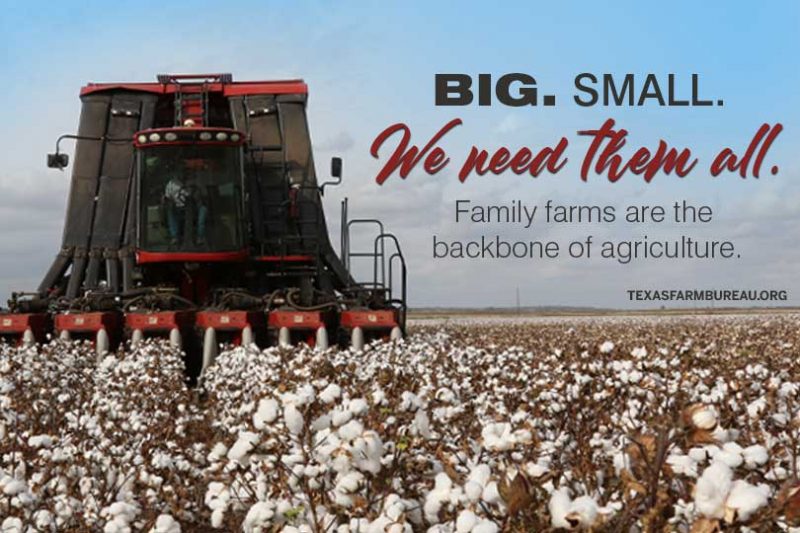
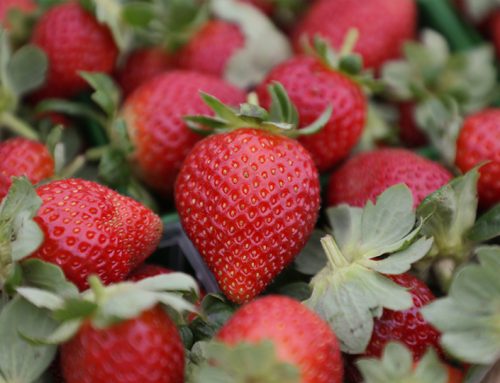
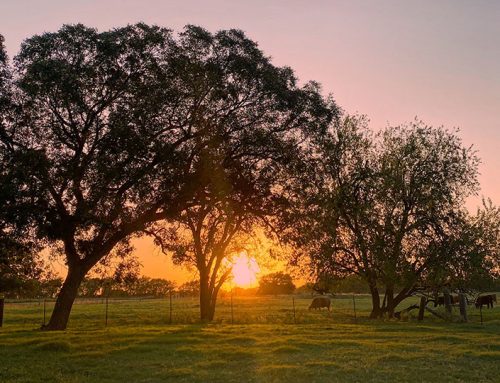
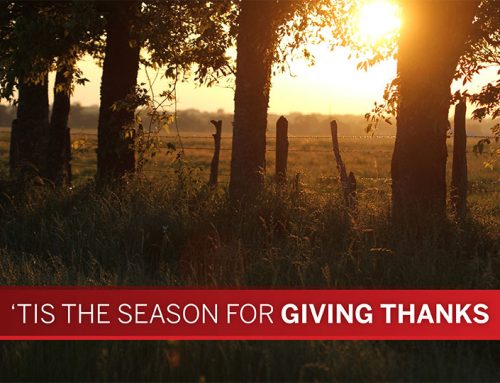
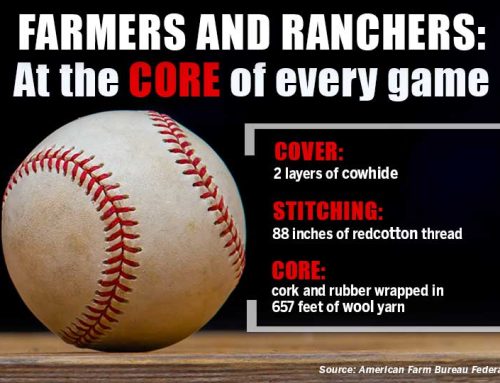
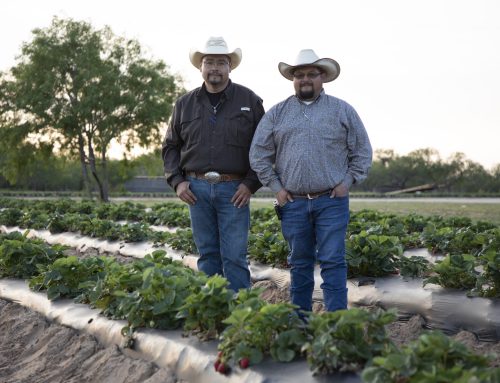




Leave A Comment